🎉 NowNovel has a new look! Allow us to introduce ourselves.
Five great writing tips from J.K. Rowling
These days, J.K. Rowling is a household name all over the world – the first billionaire author on the planet and the creator of a world that many of us can't imagine life without. But how did unpublished writer Joanne Rowling turn into this superstar with film rights sold to Warner Bros as well?...
October 8th, 2012
Read post...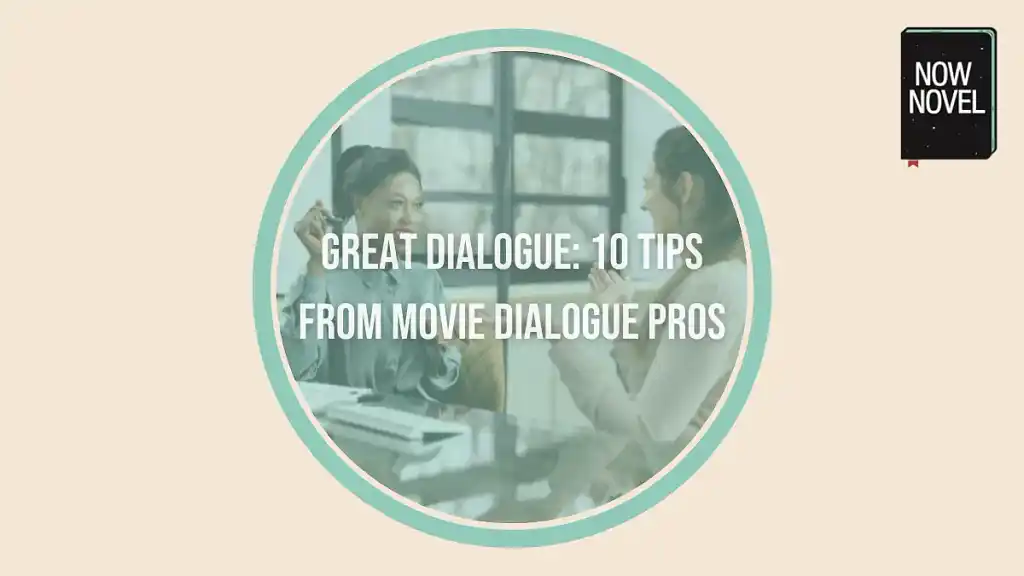
Great dialogue: 10 tips from movie dialogue pros
Great dialogue involves your reader or viewer in a conversation completely. Read 10 tips from movie dialogue pros, from Hitchcock to Mamet and others: 1. Make written dialogue visual like movie dialogue In beginners' dialogue, characters often read like floating talking heads in a void. Th...
October 11th, 2012
Read post...
Tips from the Masters: Lessons from Charles Dickens
Emulating Charles Dickens’s writing style has been attempted by many, and only partially achieved by few. It is mostly known to be old-fashioned, outrageously imaginative, wordy and sentimental. His popularity is probably most attributed to the fact that he wrote in installments, keeping hi...
December 7th, 2012
Read post...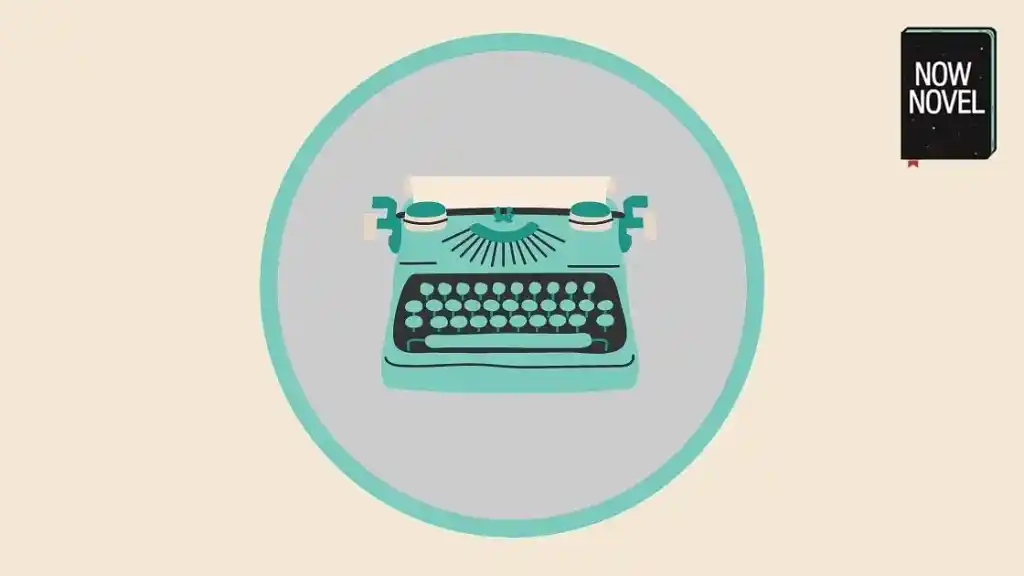
5 ways using morning pages will help you finish writing a book
'Morning pages' is a concept popularized in Julia Cameron’s book The Artist’s Way. Using morning pages is a system Cameron describes as something that will 'provoke, clarify, comfort, cajole, prioritize and synchronize the day at hand'. Here are 5 ways writing morning pages daily wil...
April 22nd, 2013
Read post...Tips from Ernest Hemingway's short stories
In novels such as For Whom the Bell Tolls and A Farewell to Arms and short stories including “The Short Happy Life of Francis Macomber” and “The Snows of Kilimanjaro,” American writer Ernest Hemingway explored such themes as restlessness, war, loss and death and became an enormous influence on...
April 2nd, 2013
Read post...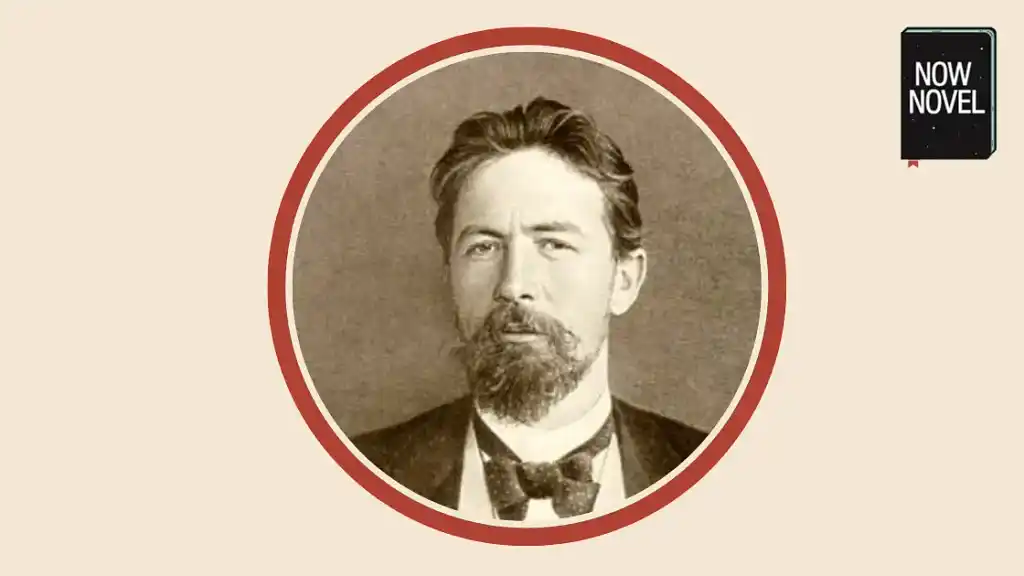
Who Chekhov was, and why modern writers should care
Anton Chekhov. The short story writer named by nearly every great Western twentieth century writer as a significant influence, who shaped the modern short story as we know it, was this nineteenth century Russian writer. Writers of every genre should be familiar with the work of Chekhov because o...
April 16th, 2013
Read post...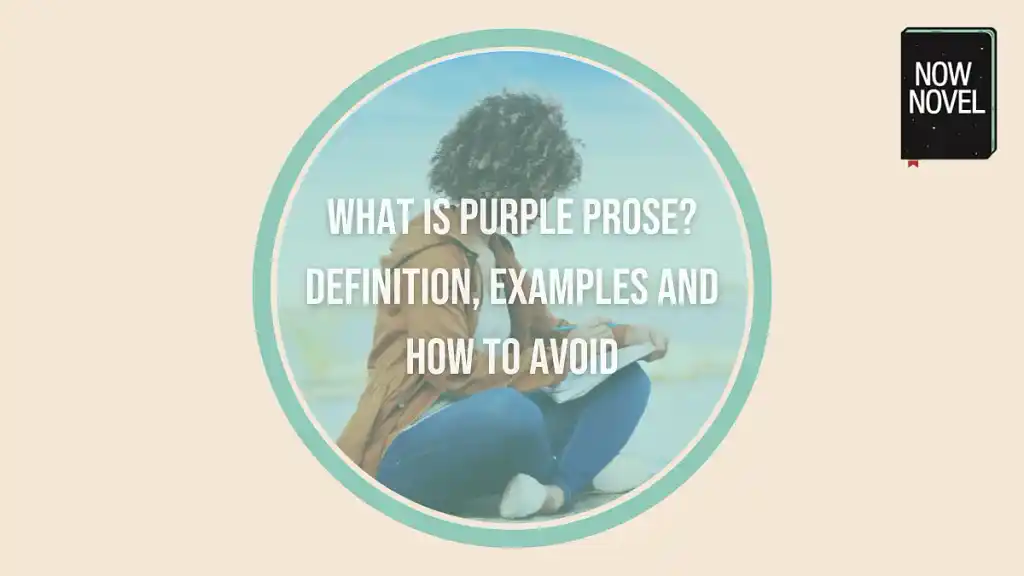
What is purple prose? Definition, examples and how to avoid
What is purple prose? It describes sentences that are too mannered and stylized. The Oxford English Dictionary defines purple prose as 'writing that is too elaborate or ornate'. How can you distinguish between good writing and purple prose? Read tips to avoid purple prose in your o...
April 11th, 2013
Read post...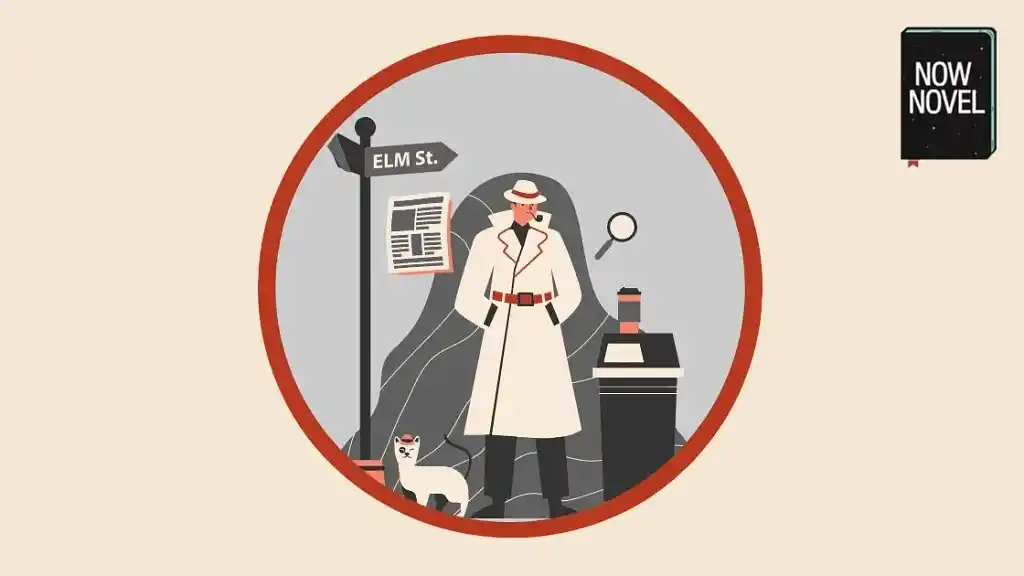
Dan Brown: 10 tips for writing bestselling suspense
Dan Brown, author of The Da Vinci Code among other books, is one of the top-selling authors of all time. What can aspiring authors learn from his success? Plagiarism scandals aside, Dan Brown's global publishing success garnered endless publicity. The linguist Geoffrey Pullum called Brown on...
July 31st, 2013
Read post...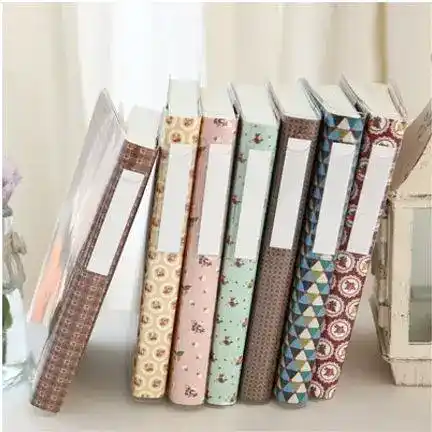
Turning notes into a novel
Most writers don’t sit down on day one of novel-writing and begin spinning a tale; generally, they’ve been outlining and making notes for a while. Turning notes into a novel, a publishable manuscript, can seem daunting. Despite this, the tips below will help you develop your notes into a book. Ho...
August 1st, 2013
Read post...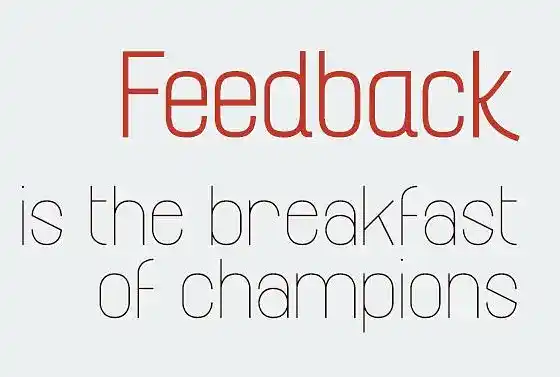
Writing feedback: How to get helpful critiques
One of the challenges for us all as writers is getting good feedback on our writing, especially early in our career. You can get feedback for free or you can pay for it, and you can get it from peers or from professionals. To get feedback on your writing: Join an online writing group or foru...
September 23rd, 2013
Read post...
Chekhov's Gun: What it is and how to use it like a pro
'Chekhov's Gun' is a concept that describes how every element of a story should contribute to the whole. It comes from Anton Chekhov's famous book writing advice: 'If you say in the first chapter that there is a rifle hanging on the wall, in the second or third chapter it absolutely must go...
January 28th, 2014
Read post...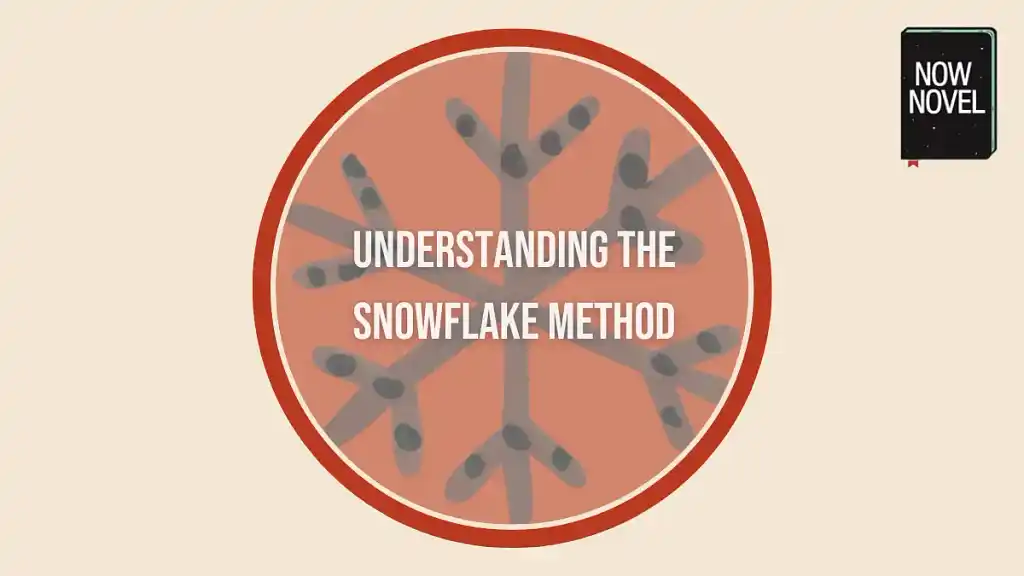
Understanding the snowflake method
There are nearly as many ways to approach writing a novel as there are writers, but many swear by an approach known as the snowflake method. Developed by writer Randy Ingermanson, the snowflake method can be particularly helpful to writers who prefer to plan extensively before setting out to wri...
February 3rd, 2014
Read post...
